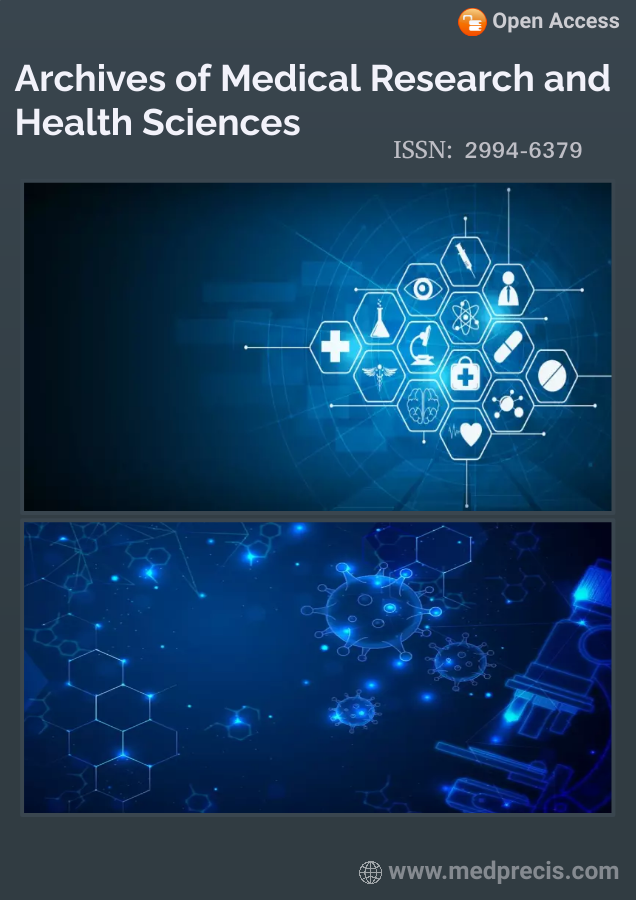Antihypertensive Drugs and Brain Autoregulation: Chronicled Points of View and Pathophysiological Experiences
Hebert Allan MacLean Green Hugeness Greiver Meyerowitz KatzAbstract :
ABSTRACT
Background: Cerebral Autoregulation (CA) comprises a complex instrument characterized by the capacity of the cerebral microcirculation to contract and widen in reaction to varieties in Blood Weight (BP), pointing to keeping Cerebral Blood Stream (CBF) consistent. Systemic blood vessel hypertension increases cerebrovascular resistance, which can contrarily impact this vasomotor reaction, moving the CA bend to the correct. In this way, a slight hypotension might compromise the CBF and cause harm to brain tissue.
Objective: From a brief verifiable viewpoint, the physiological instruments by which Antihypertensive (ASAH) contributes to keeping up the astuteness of cerebral CA will be checked.
Methods: The fabric for this audit was taken mostly from electronic diaries. To gather distributions, PubMed e Cochrane databases of efficient surveys were utilized.
Results: Ponders have appeared that the capacity of CA remains unaltered in hypertensive since ASAH is competent in advancing a variable readaptation of CA. This advantageous impact on CA has been confirmed over the long time through exploratory and clinical models and happens through diverse instruments of activity.
Conclusion: The human brain is one of the organs that most advantage from ASAH. Brief- or long-term BP control does not cause brain hypo perfusion and does not compromise CA.
KEYWORDS
Antihypertensive operators; Blood vessel hypertension; Blood cerebral stream; Cerebrovascular autoregulation; Cerebrovascular reactivity.


